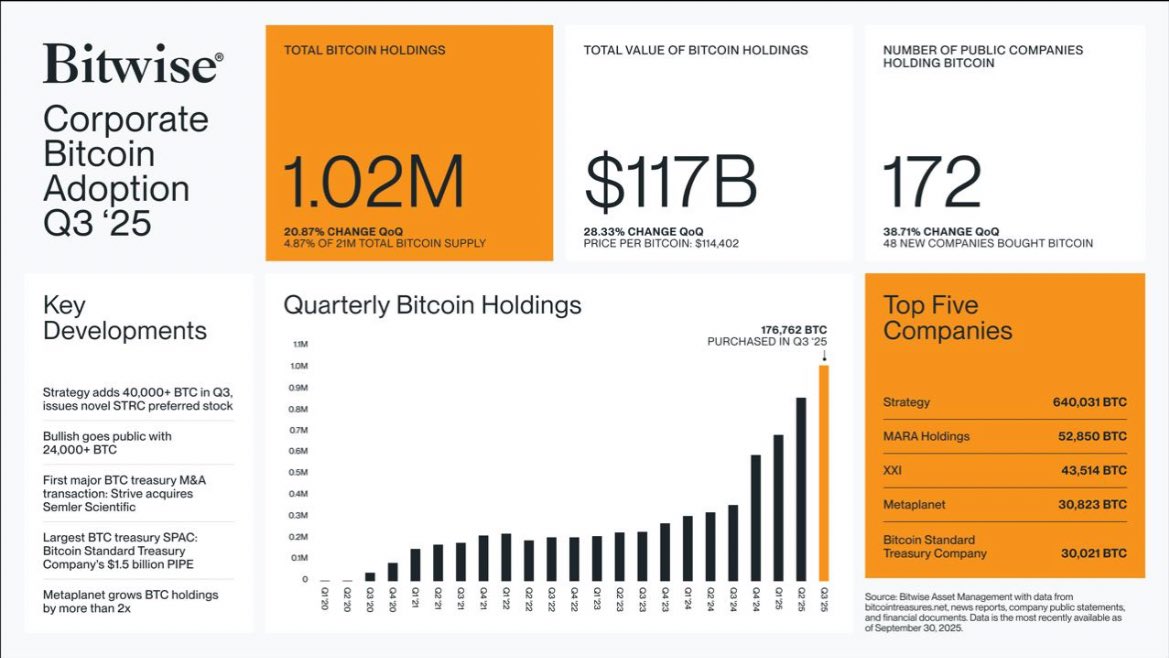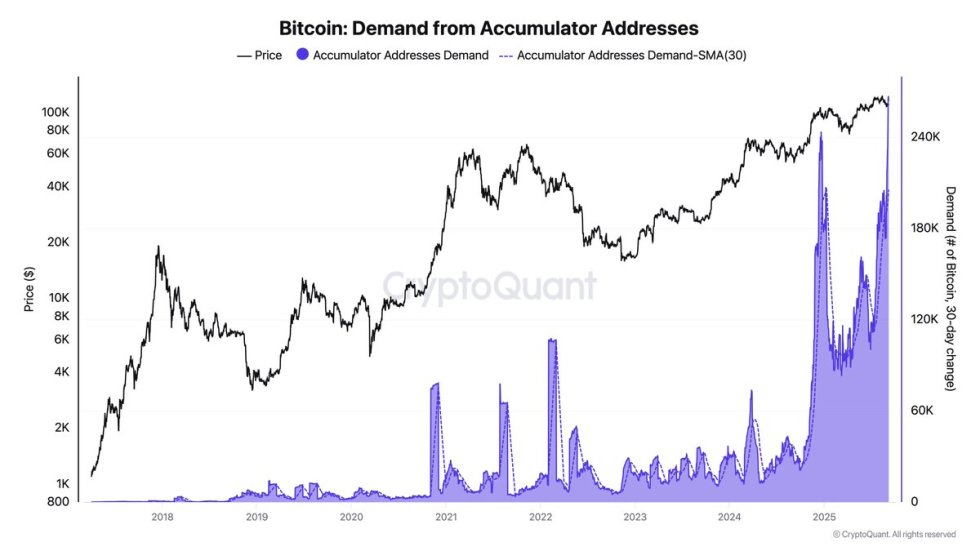2019-4-18 14:15 |
Mainstream media isn’t known for its accurate, in-depth, or optimistic coverage of Bitcoin (BTC) and cryptocurrencies at large. Earlier this month, as BTC popped above $5,000 for the first time since November 2018, respected business news outlets falsely covered this industry en-masse.
Some publications, like CNBC, attributed the move to an April Fools’ joke, in which a trade news site joked that the U.S. Securities Exchange Commission (SEC) approved a Bitcoin-backed exchange-traded fund (ETF). In what world would a multi-billion asset, even one as illiquid as BTC, run by 25% off a joke? Yeah, that’s right, there’s isn’t such a world.
Related Reading: No, Bitcoin Didn’t Surge Because of a Stupid April Fool’s JokeTechnology outlet Gizmodo published an article bashing Bitcoin for its supposed “Monopoly money”-esque properties and high energy usage after the move, tagging the piece under “fake internet money” and “scams” in an evident bid to further poke fun at cryptocurrency enthusiasts.
And Business Insider continued this trend. Just recently, citing an analyst from UBS, the former home of The Block’s bearded SCOOPer, Frank Chaparro, tacitly bashed BTC. Their headline read: “Bitcoin bulls may have to wait 22 years for the cryptocurrency to return to all-time highs.” Yeah… no.
Bitcoin May Not Hit $20,000 Until 2041 — ‘Scuz Me?In this recent article, it was explained that UBS’ Kevin Dennean charted data that accentuates 2018’s unwinding of the Bitcoin bubble eerily resembled crashes in previous bubbles, like the Dow Jones in the Great Depression, the Dotcom Boom and Bust, China’s recent stock market rally.
As seen above, the collapse of BTC, when indexed to the peaks of other bubbles, followed the same structure (moves and timing) as the aforementioned moves. Scathingly, Dennean wrote in a research note:
“We’re struck by how long it took other asset bubbles to recover their peak levels (as long as 22 years for the Dow Jones Industrials) and how pedestrian the annualized returns from trough to the recovery often are.”
In other words, since BTC’s collapse was similar to that of historical bubbles, it could theoretically follow the 22-year-long route the Dow Jones took after the 1930s. Doubling-down on the bearish quips, Dennean added that while the argument is that Bitcoin will rise “phoenix-like from the assets,” not “every bubble that bursts recovers the old highs.”
Related Reading: Crypto CEO: Current Bitcoin Industry Resembles 2016, Prior To BTC’s $20,000 Rally UBS Has Historically Bashed BitcoinEven if the 22 years quasi-prediction has some credence, it is important to note that the UBS has been historically bearish on Bitcoin and decentralized crypto assets at large. As reported by NewsBTC previously, during a November installment of CNBC’s somewhat notorious Fast Money segment, host Mellisa Lee called on an impassioned crypto critic.
UBS chief economist Paul Donovan, as the cynic is known, remarked that “anybody with a higher school education in economics would be a Bitcoin skeptic from the [get-go],” essentially echoing near-identical claims made by Nouriel “Dr. Doom” Roubini. Missing the point of Bitcoin and cryptocurrencies entirely, the economist added that it is irrational to think that the U.S. government’s incessant money printing habits should be a concern, totally skipping over the value proposition of this nascent technology in borderless, decentralized, and censorship-resistant transfers of value and data.
UBS says it's time to bury bitcoin. The man behind the bold call UBS' Paul Donovan makes his case. #bitcoin $BTC pic.twitter.com/8eX8E4fK1A
— CNBC's Fast Money (@CNBCFastMoney) November 29, 2018
He concluded his comments by trying to disprove the sentiment that Bitcoin is digital gold, the world’s next go-to store of value. Donovan stated that BTC’s supply cannot be controlled, making it not logical as a gold replacement.
It is clear that UBS isn’t a fan of cryptocurrencies, although some of its banking peers across the globe, like Fidelity Investments, would beg to differ. So who’s to say that UBS isn’t trying to push a false narrative to depress Bitcoin artificially?
Crypto Is A New ParadigmLet me rebut why BTC — if it does succeed, after all — won’t take all that long to reach $20,000 again. Simply put, the paradigm-shifting potential of BTC and related technologies, coupled with historical trends and the fact that BTC isn’t in a Great Depression (take a gander at fundamentals), confirms that a rally in cryptocurrencies won’t be slow.
Bitcoin is nothing like large-cap indices, like the Dow Jones or the S&P 500, in that it is inherently volatile with parabolic tendencies because of its nascency. Internet stocks didn’t follow the Dow Jones’ 22-year recovery pattern after the collapse of the Nasdaq in the early 2000s. In fact, it took just around half the time to recover, at 13 years. So why should the 22-year ‘forecast’ apply now?
Well, it shouldn’t. In fact, considering the fact that Bitcoin is still minuscule, barely adopted, and is controversial, unlike the Internet at the time of the Dotcom boom, BTC should be and is more volatile, meaning that moves are exaggerated in shorter periods of time.
Historical trends also indicate that Bitcoin won’t take two decades to recover to $20,000 — if it even plans to that is. As Filb Filb, a popular trader and researcher, explained in an extensive Twitter thread, if BTC’s supply is issued on schedule, if crypto adoption follows that of the Internet’s, and if debt continues to increase, Bitcoin could easily see six figures by 2021, not decades down the line.
Featured Image from ShutterstockThe post No, Bitcoin (BTC) Won’t Take 22 Years To Pass $20,000 Again appeared first on NewsBTC.
origin »Bitcoin (BTC) на Currencies.ru
|
|


















